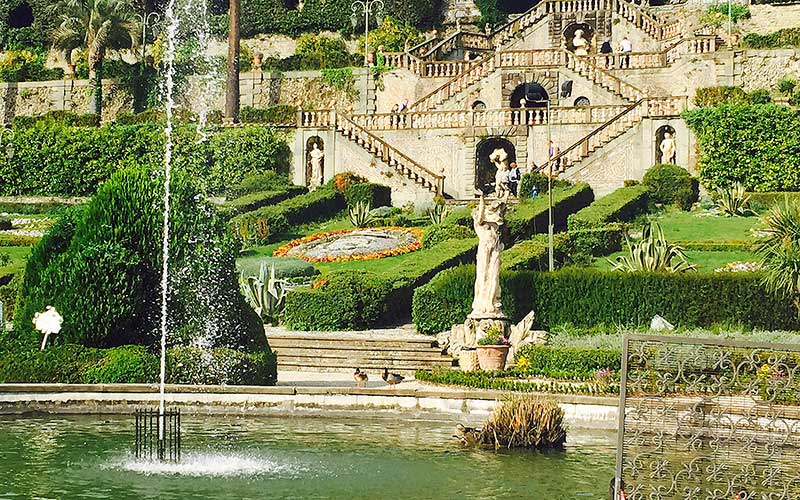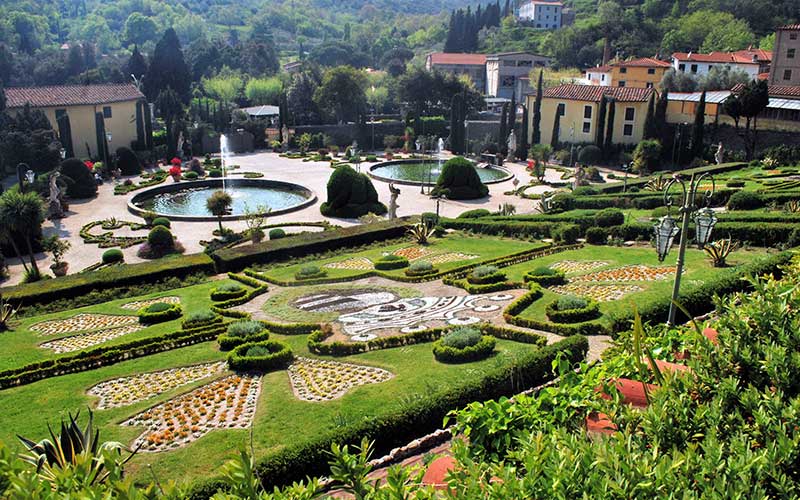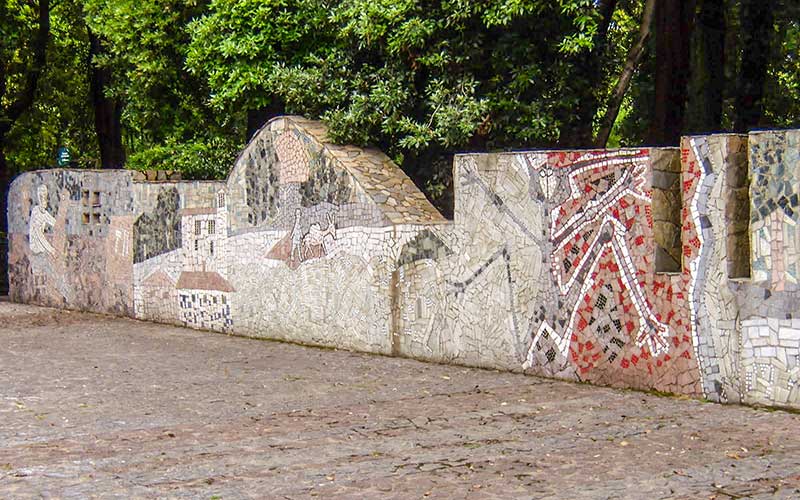History, stories, characters… let yourself be enchanted by Valdinievole
From the hills around Montalbano, near Vinci, to the ancient hamlet of Collodi, Valdinievole looks after its stories and ideas, and after the people who were born in the region and who then set off from here to conquer the world. From Leonardo da Vinci to Pinocchio, but not only.
Begin to discover the gently sloping hills of this area, which, step by step, will fill you with emotions and unforgettable memories. Taste, art, culture and nature will guide you in this fascinating journey, in this most authentic part of Tuscany.
And even kids will be able to discover, to get to know and to learn, while having great fun at the same time. The Park of Pinocchio will be a leap into the fable written by Carlo Collodi, a close range meeting with the most famous puppet in the world, an experience you should prepare yourself for by first reading ‘The Adventures of Pinocchio’. Then go on to find the stories, characters and episodes of the book in the works of famous artists who have adorned the monumental park.
Just visiting one of Valdinievole’s many museums will mean that your curiosity and imagination will be stimulated, and not only that of the kids.
From the Museum of Paper in Pietrabuona, to the Museum of the City and its Territory in Monsummano Terme right up to the Civic Museum in Larciano… this way you can deepen your knowledge of the history and traditions of Valdinievole.
 Valdinievole is the home of the world’s most famous puppet and in Collodi – a tiny village near Pescia – lies the Park of Pinocchio, dedicated to him and to his author, Carlo Lorenzini. It is not just a simple amusement park but rather, it is the place where much loved characters come to life, in a warm embrace between nature and art. A journey through literature, imagination and intelligence: all you have to do to enter the fable is to go through the Monumental Park’s gate..
Valdinievole is the home of the world’s most famous puppet and in Collodi – a tiny village near Pescia – lies the Park of Pinocchio, dedicated to him and to his author, Carlo Lorenzini. It is not just a simple amusement park but rather, it is the place where much loved characters come to life, in a warm embrace between nature and art. A journey through literature, imagination and intelligence: all you have to do to enter the fable is to go through the Monumental Park’s gate..
Pinocchio’s Park is created like a surprise journey. It begins with two works that sum up the significance of the story of Pinocchio: the ‘Pinocchio and the Fairy’ Monument by Emilio Greco and the ‘Piazzetta of Mosaics’ by Venturino Venturi. It is a journey of stages, with 21 sculptures, buildings, green spaces where adults and kids can interact in order to retell the adventures of Pinocchio by means of works by important 20th century artists, such as the sculptures of Pietro Consagra and the Great Whale by Marco Zanuso. The journey continues to the Museum of the Cricket that holds exhibitions dedicated to Pinocchio, and to the Virtual Library where you can consult – by interactive touch screens – texts and illustrations from editions of the book from all over the world.

The Garzoni Villa and Garden
The Villa and its garden, built by the Garzoni family on the ancient boundary between the Grand Duchy and the Republic of Lucca, are an extraordinary example of the taste and of the Tuscan culture in the 18th century.
Also called the Villa of the Hundred Windows, it stands out due to its elevated position overlooking the surrounding countryside. The splendid garden, also standing on a slope, is an example of late Baroque art, rich in watergames and scenographic features.
Immersed in Valdinievole’s nature, the Park also offers two adventure trails for younger children: ‘Vola sul Fiume’ – Fly over the River – and the ‘Nave Corsara – the Corsair Boat – so that they can, in total safety, test themselves by playing with tree trunks, planks, boards and suspended rope bridges; and the Butterfly House where hundreds of tropical and equatorial butterflies are free to fly in a luxuriant green garden.
Then on to Collodi, a little village lying on the side of the hill – between the Ancient Rock and the majestic Villa Garzoni – with its stone and cobbled pavings that reminds you of its medieval past.
The historical villa once belonged to the aristocratic Garzoni family and it still stands proudly out against its background, overlooking the surrounding countryside. The 18th century garden is quite magnificent, this too is on a slope with terraces, statues, fountains and the scenographic stairway, which all make it one of the loveliest gardens of its time.
Thanks to the presence of the complex of the Park of Pinocchio, of the Villa and of the historic centre – carefully looked after and still authentic – Collodi is one of Italy’s villages which has been awarded the ‘Bandiera Arancione’ – the Orange Flag – the mark of touristic environmental quality of the Italian Touring Club and so it is one of the small places of our country for you to discover.

The historical centre of Pescia
Divided into 4 districts, Ferraia, San Francesco, Santa Maria and San Michele, which every year, in the month of September, challenge each other in the ‘Palio dei Rioni’ (an archery contest dating back to the 14th century), Pescia is a city rich in ancient traditions and beauty.
Close to Collodi, on both sides of the River Pescia, the town of the same name is a compulsory stage of your journey in this corner of the Valdinievole, where its historical centre, with its elegant palazzi, holds works of Libero Andreotti in the Plaster Cast Gallery.

Museum of the City and of the Monsummano territory
Geology, archaeology, sacred art, history of the reclamation of the Fucecchio Marshland: these are some of the sections of the Museum of the City and of the Monsummano territory.
Housed in the old ‘Osteria dei Pellegrini’ – the Tavern of the Pilgrims – it welcomed wayfarers who passed by on their way to venerate the Madonna della Fontenuova, and it is like a mirror that reflects the soul of the Valdinievole community and its history.
To the north of Pescia, is the Valleriana area, also called the ‘Svizzera Pesciatina’: this name was given it by a Swiss gentleman, Sismondi from Geneva, at the end of the 18th century because it reminded him of Switzerland. Pietrabuona is the first of the ten ‘Castella’, small hamlets all built in pietra serena, that still preserve, unchanged, their original charm. The Museum of Paper stands here as well, where the ancient art of handmade paper is still kept alive, an art going back to the 15th century.

The Civic Museum of Larciano
NIn the ancient bridgehouse of the Castle of Larciano, the Civic Museum holds archaeological findings of both local and national provenance, such as kitchen pottery, metal objects, polychrome majolicas, clay bricks, parts of floorings, cremation tombs.
The educational section recreates, by means of objects of daily use, a glimpse of life in the past.
Apart from holding exhibitions, the museum organizes educational laboratories which teach manufacturing techniques during which – by using copies of the original machinery – the participants can make a piece of paper by following the ancient techniques of master papermakers.

